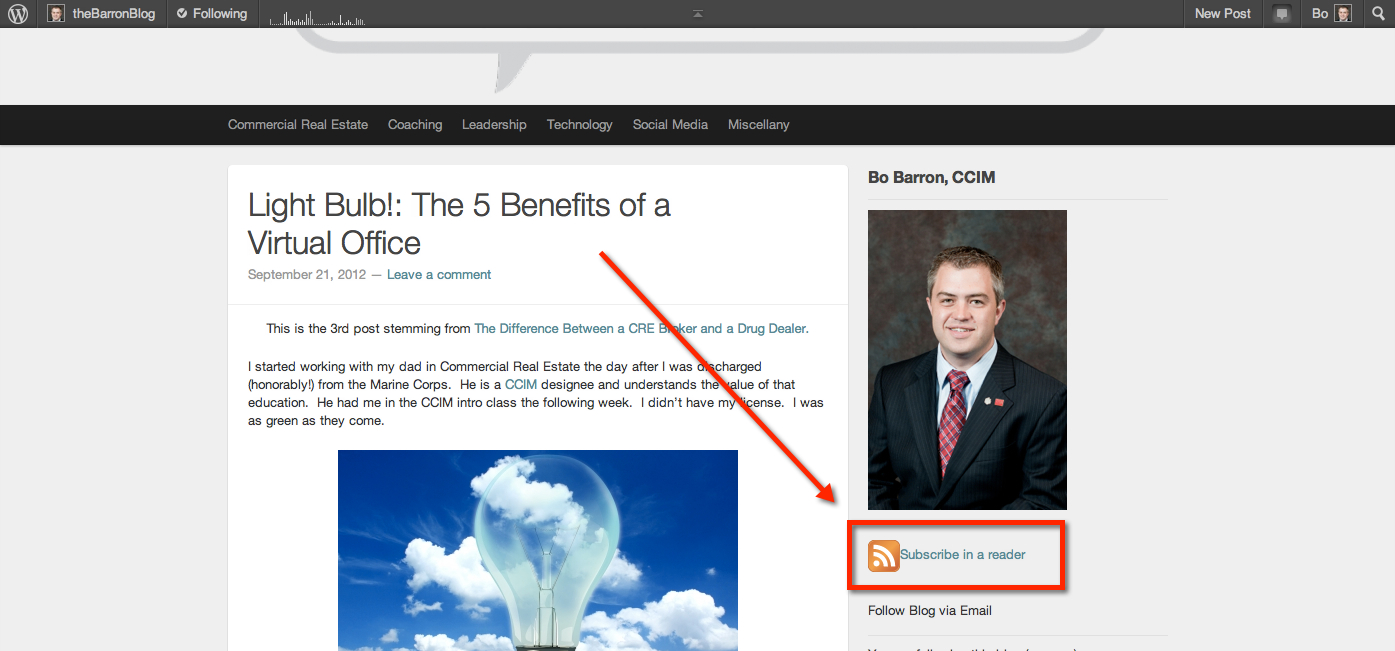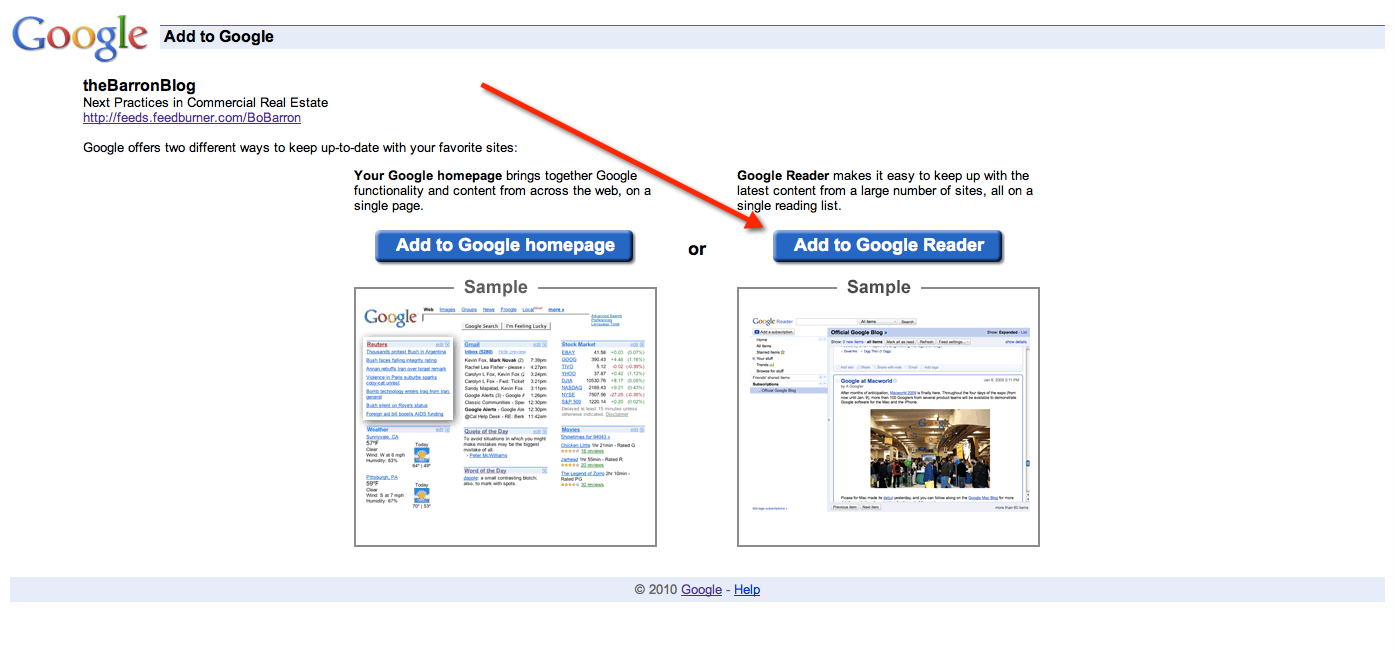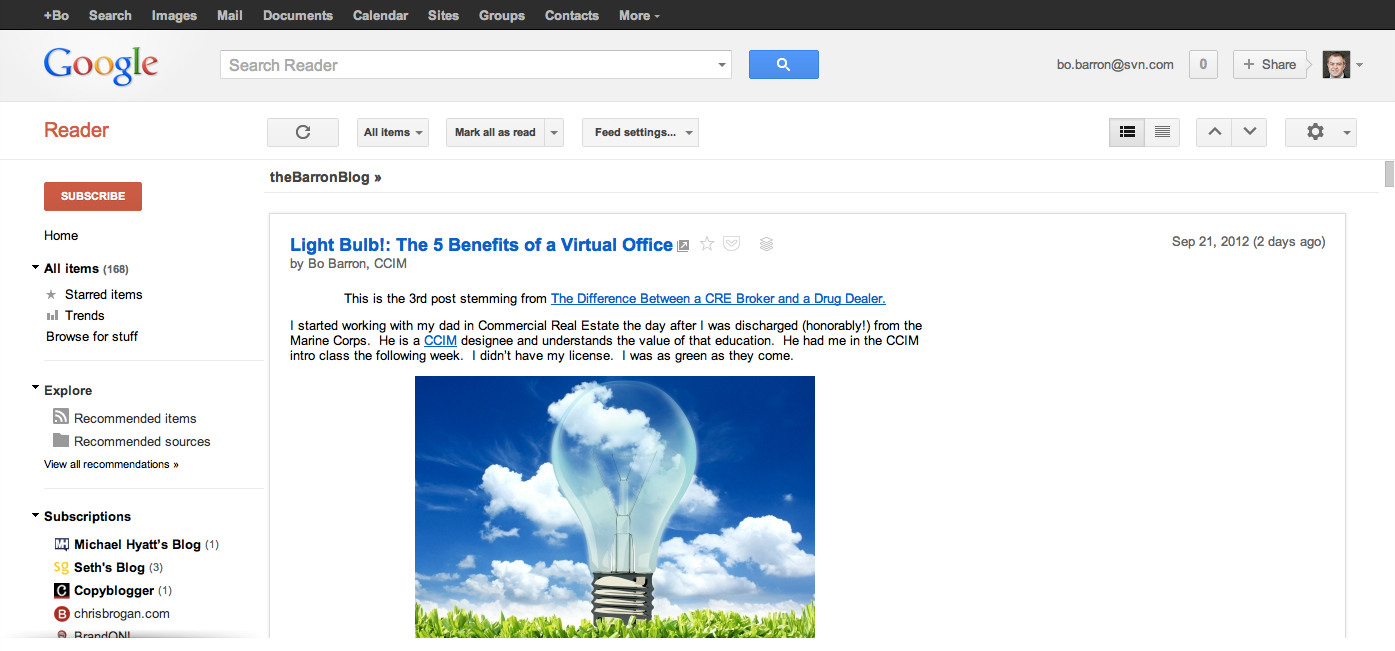I learned the Commercial Real Estate business from my dad. Our family goes back at least 7 generations in this town. To say that my old man knows everyone is an understatement.
Growing up, my dad’s signs were everywhere – and his face was on them all. I couldn’t go anywhere without him staring at me. Those signs probably kept me from making stupid decisions on more than one occasion. When it came to Commercial Real Estate, he was top of mind – still is, really. He had created tremendous presence.
He had created so much presence that I don’t remember ever seeing him do much prospecting. Business just walked in the door – it would just come to us. Huge blessing. And that was before 2008.
Most of you don’t have the blessing of being 7th generation in a smaller town where generations of your family have been high-profile. That is my advantage here. Most of you are from larger cities. Most of you have stiff competition. Top performing CRE practitioners do not take things for granted. They systematize their businesses. Two critical systems that must be in place deal with Prospecting and Creating Presence.
These two systems are both similar and very different at the same time. I have this conversations with my coaching clients on a regular basis. Some of the activities that you do in your practice will fit into one or the other – or sometimes cross over into both. So let’s define the 3 main differences between these two essential parts of your business.
3 Differences Between Prospecting and Creating Presence
1. Purpose – The first and overarching difference is the purpose. When you are Prospecting, your purpose is ASKING FOR THE BUSINESS! If you aren’t asking for the business – you aren’t Prospecting.
Creating Presence is completely different. Here you are trying to become and remain top of mind. This is all about building relationships and adding value.
2. Methods – Methods is the reason confusion exists between Prospecting and Creating Presence. The methods for accomplishing these two systems are extremely similar. Only because the purpose is different is there much differentiation. In both systems, you send letters, make calls, have meetings, etc.
An example of Prospecting is when I go after a Dollar General store. I send a letter. I follow-up with a call to someone I haven’t met before. I go for a meeting and then ask for their business.
When I’m Creating Presence, I send letters as well. But I want VIPs to get something from me of value. I call to schedule meetings. I’m not asking for business. Instead, I’m working on building relationships that can lead to business and referrals in the future. The methods are similar – the purpose is what makes them different.
3. Results – The result of Prospecting is getting the listings that you proactively pursue. You decide what you want to go kill and bring home. You do the research, find the properties and their owners, and go after them. This is proactive and gives you more control over what your business looks like.
The result of Creating Presence is like what I described of my dad. He was top of mind. When someone had a problem or an opportunity related to Commercial Real Estate, calling him was a no-brainer. You know that you’ve created presence when business starts coming to you. You aren’t competing. Business is being referred to you. Here you are more beholden to what the market offers up, but it is so much easier.
What other ways are Prospecting and Creating Presence different? Or the same? Do you simply rely on your presence to bring you business? In what ways would your business change if you prospected for the business you actually wanted to do?














